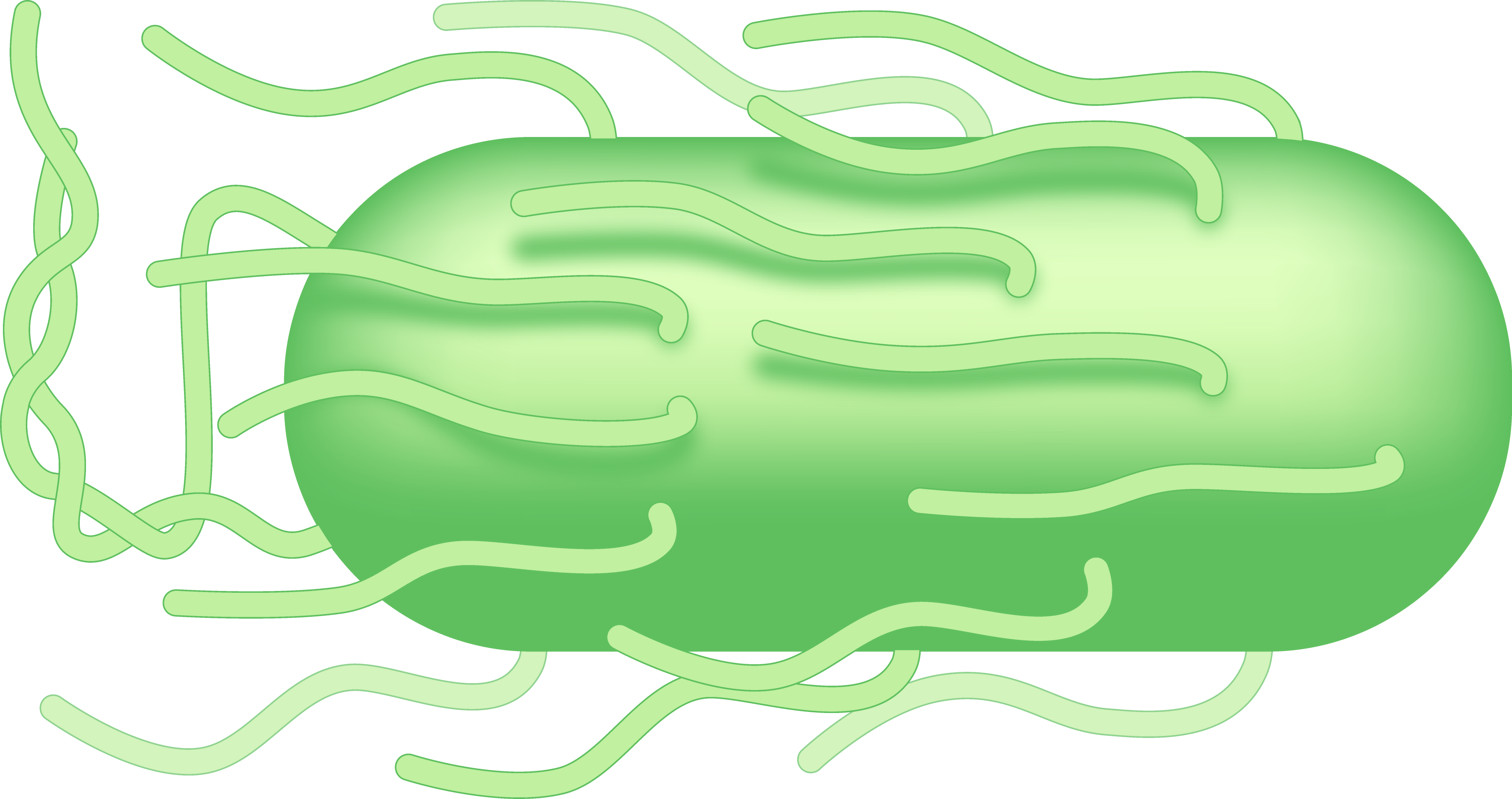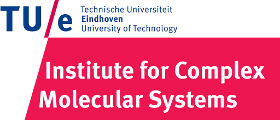Team:TU-Eindhoven/Project
From 2013.igem.org
(→Abstract) |
(→Abstract) |
||
| (81 intermediate revisions not shown) | |||
| Line 2: | Line 2: | ||
{{:Team:TU-Eindhoven/Template:MenuBar}} | {{:Team:TU-Eindhoven/Template:MenuBar}} | ||
| + | {{:Team:TU-Eindhoven/Template:Abstract}} | ||
==Abstract== | ==Abstract== | ||
| - | + | Our project presents an alternative solution to the use of heavy metals MRI {{:Team:TU-Eindhoven/Template:Tooltip | text=contrast agents | tooltip=Substance that can be distinguished from its surroundings on an MRI scan }} (since the most commonly used heavy metal Gadolinium may be involved in the induction of diseases{{:Team:TU-Eindhoven/Template:Ref | id=GNSF | author=T Grobner and FC Prischl | title=Gadolinium and nephrogenic systemic fibrosis| journal=Kidney International | edition=72 | pages=260–264 | year=2007 }}{{:Team:TU-Eindhoven/Template:Ref | id=Gsrf34 | author=Ihsan Ergün, Kenan Keven, et all. | title=The safety of gadolinium in patients with stage 3 and 4 renal failure | journal=Nephrology Dialysis Transplantation | edition=21 | pages=697-700 | year=2006 }} and may be toxic when the patient has kidney failures{{:Team:TU-Eindhoven/Template:Ref | id=Gint | author=I. Buhaescu and H. Izzedine | title=Gadolinium-induced nephrotoxicity | journal=The International Journal of Clinical Practice | edition=62 | pages=1113-1118 | year=2008 }}) by focusing on {{:Team:TU-Eindhoven/Template:Tooltip | text=CEST | tooltip=Chemical Exchange Saturation Transfer }} MRI. Within CEST imaging, proteins enclosing hydrogen atoms can generate high quality images. Escherichia coli are used to express CEST proteins when the bacteria sense a hypoxic environment due to a promoter designed for this purpose, thus working as both a production and delivery system for the CEST MRI contrast agent. A rapidly evolving research area in the field of oncology is the one focused on bacterial based cancer therapies, in which bacteria like E. Coli and Salmonella are used to induce cell death. Based on this type of cancer therapy, and considering that hypoxic regions are related to tumors, our eventual goal is to use this device to target and image tumors in humans by injecting the bacteria into the bloodstream. A secondary application is the tracking bacteria in bacterial infection studies. For the iGEM competition however, the proteins were only expressed ex-vivo: in both aerobic and anaerobic conditions. An efficient assessment of the CEST properties of the proteins was performed and we confirmed the promoters ability to express proteins in anaerobic environments. | |
| - | + | {{:Team:TU-Eindhoven/Template:AbstractEnd}} | |
| - | + | ||
| - | + | ||
| - | + | ||
| + | ==References== | ||
| + | {{:Team:TU-Eindhoven/Template:RefList}} | ||
{{:Team:TU-Eindhoven/Template:BaseFooter}} | {{:Team:TU-Eindhoven/Template:BaseFooter}} | ||
| + | {{:Team:TU-Eindhoven/Template:Sponsors}} | ||
| + | {{:Team:TU-Eindhoven/Template:UseReferencing}} | ||
{{:Team:TU-Eindhoven/Template:SetTitle | menu=project | page=Project Summary}} | {{:Team:TU-Eindhoven/Template:SetTitle | menu=project | page=Project Summary}} | ||
| + | {{:Team:TU-Eindhoven/Template:SetHeader | nr=3}} | ||
Latest revision as of 22:55, 18 October 2013





Abstract
Our project presents an alternative solution to the use of heavy metals MRI contrast agents (since the most commonly used heavy metal Gadolinium may be involved in the induction of diseasesGNSFT Grobner and FC Prischl, Gadolinium and nephrogenic systemic fibrosis. Kidney International 72, 260–264 (2007)Gsrf34Ihsan Ergün, Kenan Keven, et all., The safety of gadolinium in patients with stage 3 and 4 renal failure. Nephrology Dialysis Transplantation 21, 697-700 (2006) and may be toxic when the patient has kidney failuresGintI. Buhaescu and H. Izzedine, Gadolinium-induced nephrotoxicity. The International Journal of Clinical Practice 62, 1113-1118 (2008)) by focusing on CEST MRI. Within CEST imaging, proteins enclosing hydrogen atoms can generate high quality images. Escherichia coli are used to express CEST proteins when the bacteria sense a hypoxic environment due to a promoter designed for this purpose, thus working as both a production and delivery system for the CEST MRI contrast agent. A rapidly evolving research area in the field of oncology is the one focused on bacterial based cancer therapies, in which bacteria like E. Coli and Salmonella are used to induce cell death. Based on this type of cancer therapy, and considering that hypoxic regions are related to tumors, our eventual goal is to use this device to target and image tumors in humans by injecting the bacteria into the bloodstream. A secondary application is the tracking bacteria in bacterial infection studies. For the iGEM competition however, the proteins were only expressed ex-vivo: in both aerobic and anaerobic conditions. An efficient assessment of the CEST properties of the proteins was performed and we confirmed the promoters ability to express proteins in anaerobic environments.
References
 "
"



